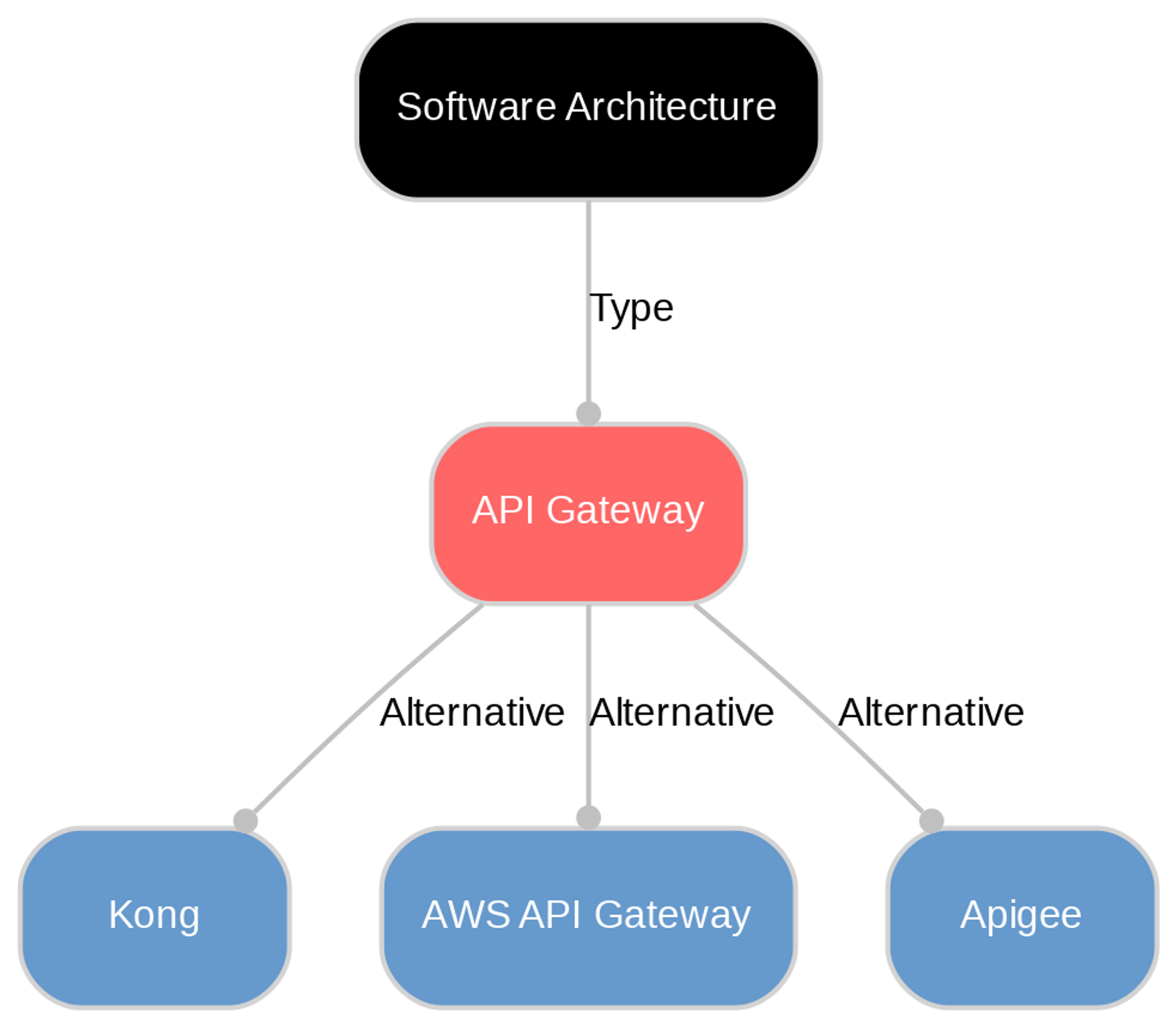What is API gateway?
An API Gateway is a crucial component in modern software development and architecture, often described as the 'front door' for applications to access data and functionalities from backend services. It serves as an intermediary between client applications and backend services, managing complex operations such as request routing, authorization, monitoring, and traffic management.
In essence, an API Gateway facilitates efficient communication within a microservices architecture. For instance, Amazon's API Gateway allows users to create, publish, maintain, and secure different types of APIs - RESTful APIs for standard web requests or WebSocket APIs for real-time communication - at any scale. The service also provides robust features like authentication mechanisms and integration with other AWS services.

The use of an API gateway simplifies the process of managing APIs while enhancing security measures. Additionally it plays a pivotal role in improving application scalability by handling tasks related to traffic management.
The benefits of using an API gateway
API Gateways offer a numberof benefits which are fundamental for streamlining operations and improving digital efficiencies. One significant advantage is the centralized control they provide over the management of APIs. This means that businesses can manage all their API requests from one place, simplifying processes and enhancing efficiency.
In terms of security, API Gateways enforce strict authentication and authorization policies. This protects backend services from unauthorized access, enhancing data security within an organization. Similarly, by acting as a single entry point for all APIs, these gateways simplify the process of monitoring and managing APIs across multiple backend services.
API Gateways also improve application performance by optimizing communication between clients and backend services. They can distribute requests among various instances of a service thereby enabling scalability with ease. Consequently, they significantly reduce latency while increasing overall application performance.
Common use cases for API gateways
API Gateways have diverse use cases in software development, making them indispensable tools in architecting robust and efficient applications. They are often used to manage REST APIs, which consist of various resources and methods. These APIs allow applications to access data from backend services like databases, making CRUD (Create, Read, Update, Delete) operations seamless.
In scenarios requiring real-time communication between clients and servers such as chat applications or live dashboards, WebSocket APIs created through API Gateways come into play. This feature enables instant data flow without the need for frequent server polling.
API Gateways also support HTTP APIs designed specifically for serverless workloads. This means that they can interact with AWS Lambda functions or similar services to run code without provisioning or managing servers.
Besides these core functionalities, API gateways offer management features like SDK generation and support for OpenID Connect. This makes it easier for developers to build secure apps that authenticate users easily while providing a smooth user experience.
API gateway vs API management: what’s the difference?
While both API gateways and API management are integral parts of modern software systems, they serve distinct functions. An API gateway focuses on facilitating efficient communication between different software applications. It manages requests, enforces security measures, and smoothens communication by providing capabilities such as load balancing, key authentication and request routing.
On the other hand, API management is a broader concept that encompasses the entire lifecycle of APIs. This includes publishing APIs, connecting various services through APIs, filtering data traffic through APIs and governing their use to ensure optimal operation. Elements underneath it include not only the gateway but also developer portals for collaboration on APIs, analytics to monitor their performance and tools to manage their lifecycle.
In simpler terms, while an API gateway can be thought of as a single point of control for managing access to your applications' data and functionality; API management involves controlling how those gateways are used across multiple services in an organization's infrastructure.
Best practices for implementing an API gateway
When implementing an API Gateway, there are several best practices to consider. These include employing the principle of least privilege access, which ensures that each user has only the minimum levels of access necessary to perform their functions. This is a critical aspect of data security and can be facilitated by integrating with identity and access management services.
It's also crucial to centralize authentication processes within the gateway itself. By doing so, you create a single layer of enforcement that verifies credentials before granting access, thus reinforcing application security.
In addition to these measures, incorporating rate-limiting can help protect your systems from being overwhelmed by too many requests at once. Monitoring traffic patterns and implementing comprehensive logging systems can provide valuable insights into potential issues or vulnerabilities.
Last but not least, using HTTPS protocols for secure communication is highly recommended. This encryption method adds another layer of security when data is transmitted between clients and servers via the API Gateway.
Explore Sanity Today
With API gateway under your belt, it's time to see what Sanity can do for you. Explore our features and tools to take your content to the next level.
Last updated: